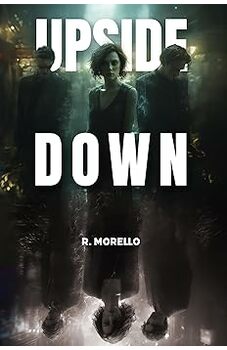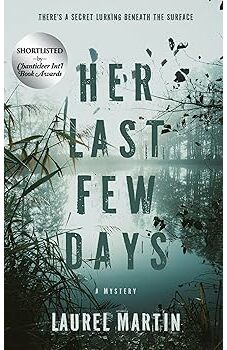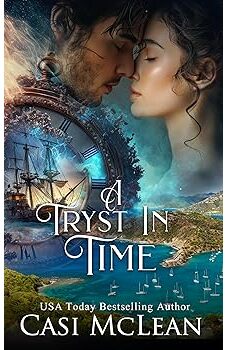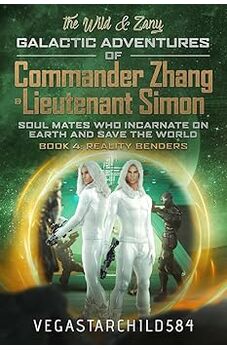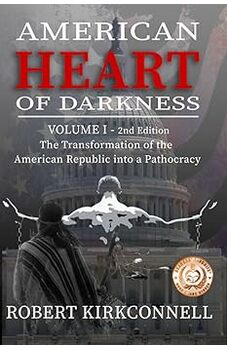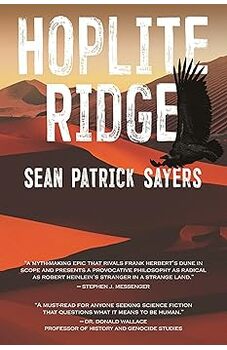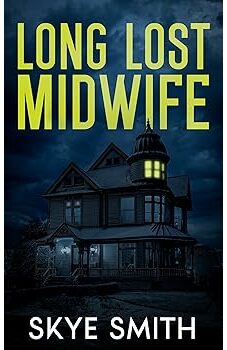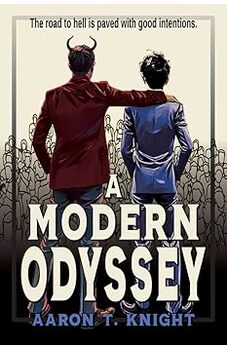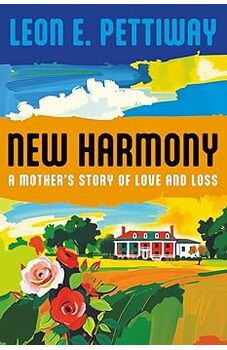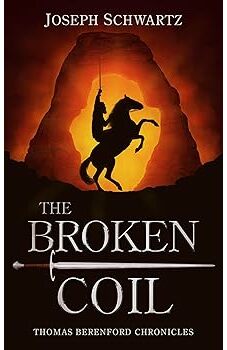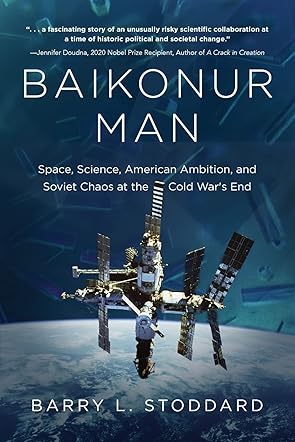Barry Stoddard was born in Montana and has lived in the Pacific Northwest for most of his life. He graduated from Whitman College in 1985 and then earned his doctorate in 1990 from MIT. After further training at the University of California in Berkeley, he joined the faculty at the Fred Hutchinson Cancer Center in Seattle Washington, where he has run a research laboratory ever since. While this is his first book intended for readers of all backgrounds, he has previously authored hundreds of research studies and serves as the senior editor of a scientific journal. He believes that interesting and enjoyable writing is universal regardless of its audience and purpose.
Barry lives in Bellevue Washington with his wife Amy, not far from his sons and their families. He enjoys reading, traveling, theater, music, skiing, golfing, diving, drinking good wine and interesting cocktails and eating virtually anything (except olives, lentils and especially beets, which he grew to hate in the former Soviet Union and still despises to this day). He has always been willing to try anything interesting at least once and has yet to regret doing so. Among the many adventures that his career in science has brought into his life, working with Payload Systems and the Soviet and Russian space program remains at the very top of the list.
